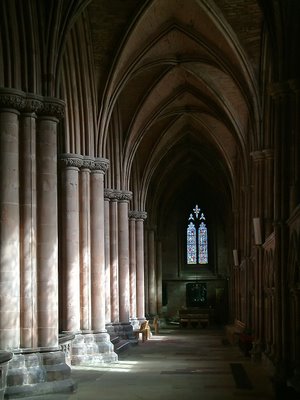The word itself comes from the 2nd century A.D. East Germanic tribe known as the Goths. In the sixteenth century the Italian architect and art historian, Giorgio Varasari, coined the word to mean "barbaric" when speaking of medieval architecture, contrasting its qualities unfavourably with those of classical and Renaissance buildings. However, by the eighteenth century, buildings like Horace Walpole's house, "Strawberry Hill", and William Beckford's Fonthill Abbey, were being built using the forms and decoration of medieval architecture, and the term Gothic was becoming one of approbation. The new enthusiasm for Gothic architecture was associated with a liking for the picturesque. In time Gothic architecture was further developed by the Romantic movement with its focus on melancholy. The nationalist movements of northern Europe, and the English church (influenced by A.W.N. Pugin's writings), took and developed Gothic architecture further, and by the later nineteenth century architects had taken the style to a height that often matches that of the medieval precursors.
The photograph above shows original Gothic architecture of the thirteenth and fourteenth centuries in Carlisle Cathedral, Cumbria. When I saw the composition it was the range of tones, the vertical shapes, and the eye-catching window in deep shade at the end of the vista that appealed. I underexposed the shot to ensure that the sunlit highlights and the detail of the stained glass weren't lost, then brought up the shadow detail a little when I processed the image.The clustered columns, stone vaulting, deep shadows and filtered light of the south aisle represents many of the qualities that makes the Gothic appeal to the Romantic imagination.
photograph & text (c) T. Boughen
